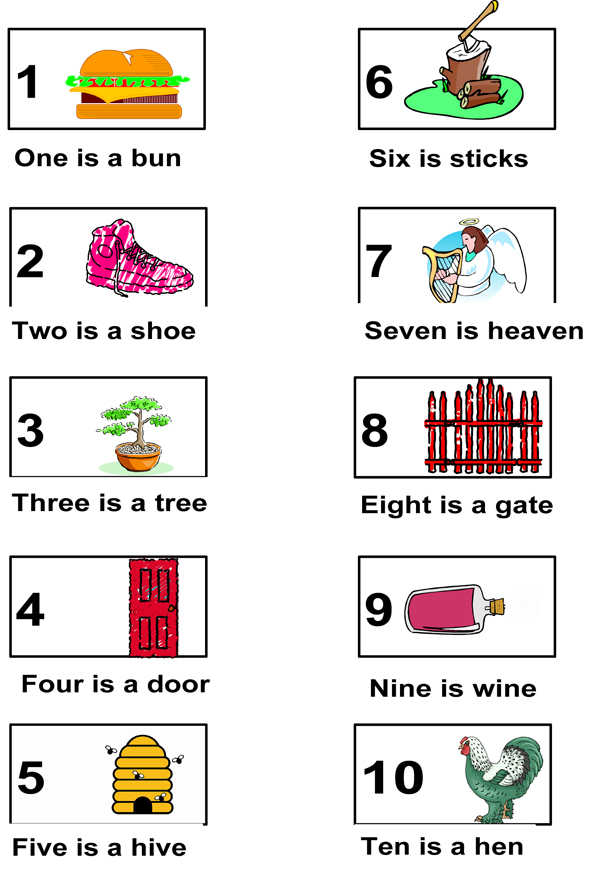Many parents enrol their children in Montessori preschools because they are an "educational" way of getting childminding - if you're going to put your child in a creche, why not put them in a preschool instead - or because they want to give their child a "head start" on education. Quality preschool education is a rarity and Montessori are certainly leaders in the field.
- Strategies
Everyday Strategies
- Lifestyle & Aging
Lifestyle
- Sleep & Circadian Rhythm
- Problems
Forgetting
Absentmindedness
Cognitive Impairment
- How Memory Works
Types of memory
Individual Differences
How the brain works

